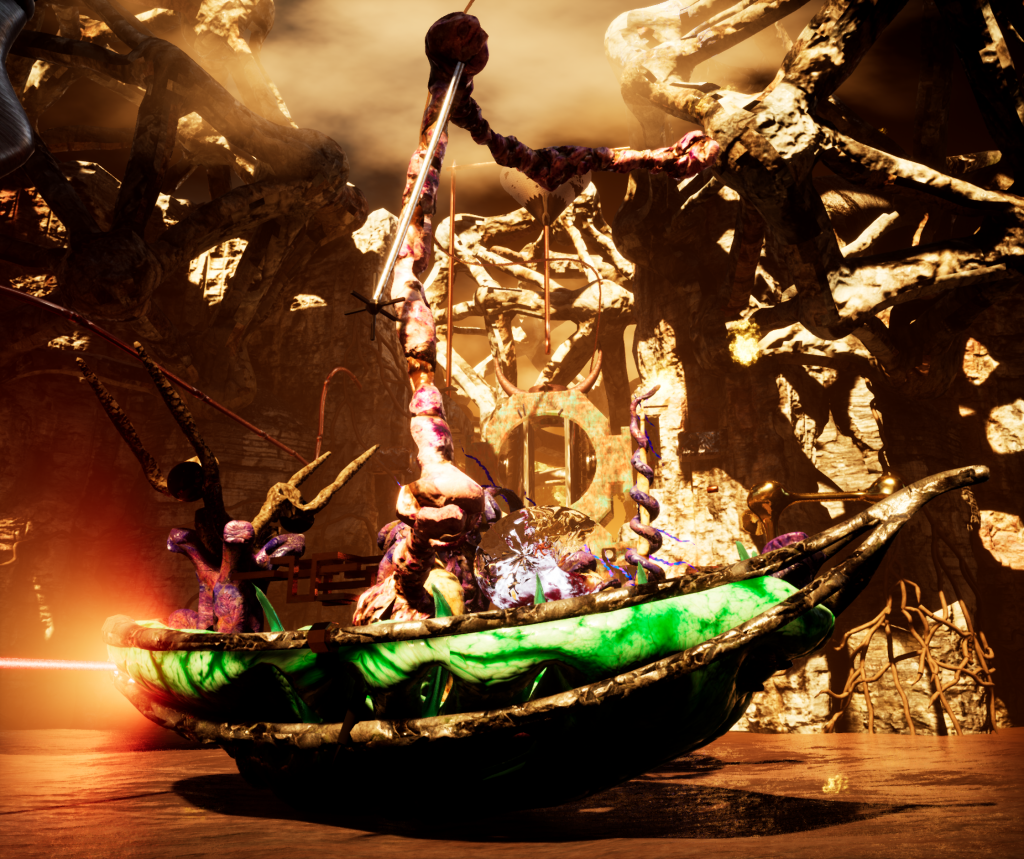Clifford Sage talks about his work and what he’s exploring while on his residency with Vital Capacities – see more about his work in his studio: https://vitalcapacities.com/artists/clifford-sage/studio/
Clifford Sage talks about his work and residency



























